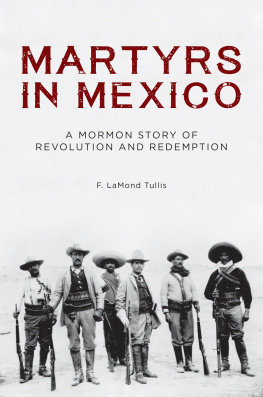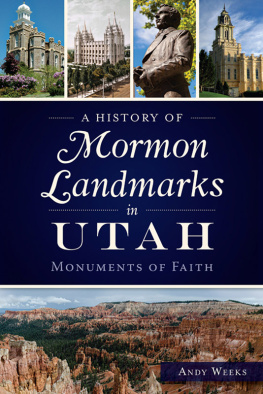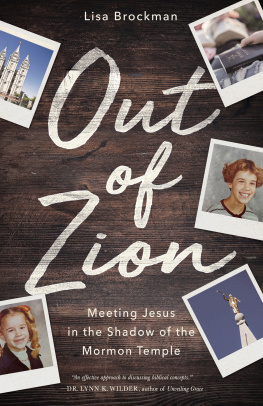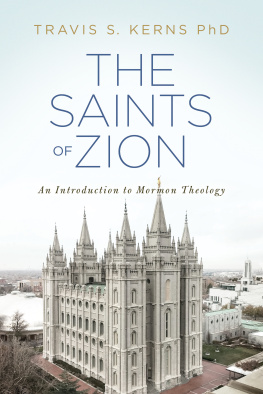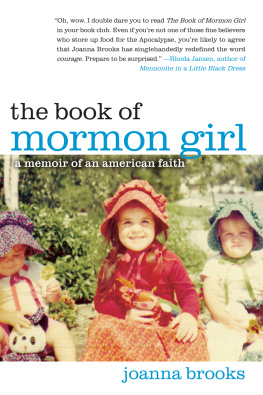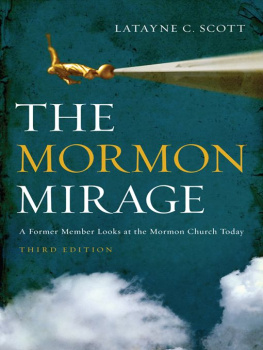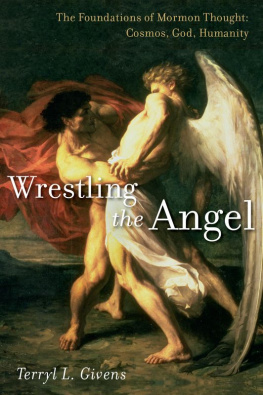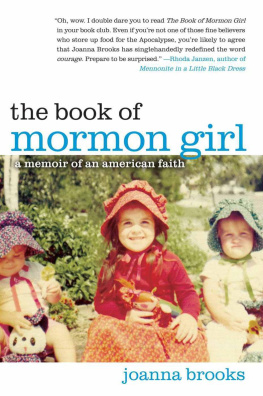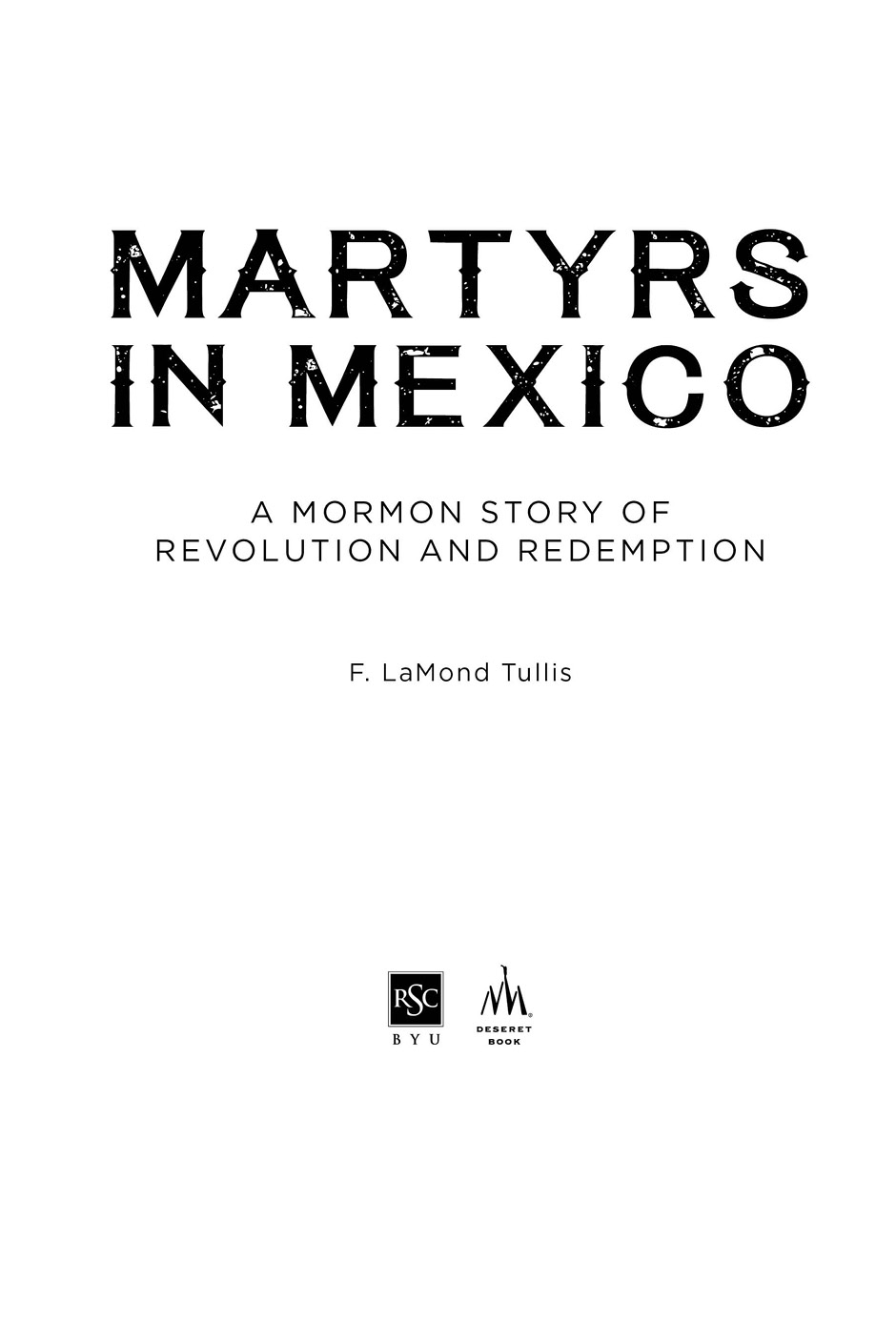Map 1. Portion of the Mexican State of Hidalgo
Photo 1. Rafael Monroy, ca. 1911
Photo 2. Mara Jess Mera Prez de Monroy, ca. 1911
Photo 3. Monroy family with missionaries and friends, ca. 1922
Photo 4. Wedding of Rafael Monroy Mera and Guadalupe Hernndez valos, 6 January 1909
Photo 5. Rey Lucero Pratt
Photo 6. Ernest W. Young, Rafael Monroy Mera, and Jovita and Mara Guadalupe, 11 June 1913
Photo 7. Monroy family in San Marcos, Hidalgo, ca. 1913
Photo 8. Isauro Monroy Mera, ca. 1900
Photo 9. Emiliano Zapata, 1914
Photo 10. Benito Jurez
Photo 11. Henry Lane Wilson
Photo 12 . Making furniture for the first chapel in San Marcos, ca. 1930
Photo 13. Wedding of Jovita Monroy Mera and Bernab Parra Gutirrez, 13 November 1920
Photo 14. Margarito Bautista, 1933
Photo 15. San Marcos chapel, August 1925
Photo 16. Second chapel at San Marcos, Hidalgo
Photo 17. Rey L. Pratt, Isaas Jurez, David Jurez, Benito Panuaya, Narciso Sandoval, and Toms Sandoval, ca. 1931
Photo 18. Abel Pez, Isaas Jurez, and J. Reuben Clark Jr., ca. 1931
Photo 19. Bernab Parra preaching in the San Marcos chapel, 1966
Photo 20. Mara Guadalupe Monroy Mera, Mara de Jess Mera Vda. de Monroy, and Amalia Monroy, 1933
Photo 21. Bernab Parra Gutirrez, Bernab Parra Monroy, and Benjamn Parra Monroy, ca. 1944
Photo 22. George Albert Smith, April 1946
Photo 23. New LDS chapel, San Marcos, Hidalgo, 1974
Photo 24. Health Services missionary aides, 1974
In a sense, the substance of this monograph took shape in 1975, the year my thirteen-year-old son Michael and I spent the summer pulling a travel trailer from village to town to city in Mexico and Central America. From Colonia Jurez in Mexicos state of Chihuahua to Guatemala City, south of the Isthmus of Tehuntepec, we interviewed scores of members of The Church of Jesus Christ of Latter-day Saints (LDS). Except in the larger towns and cities, there were no hotellet alone motelconveniences along the way of our interviews. The small towns we visited were consistent with the historical development of the Church in Mexico and Guatemala, where the faith took root in villages, generally among the poorer classes of people.
As part of the Churchs sesquicentennial history project, I had been commissioned to carry out a large research project on the history of the Church in Latin America.
A large research design for Church history in Latin America notwithstanding, for complicated and certainly idiosyncratic reasons, my effort on Mexico was all that emerged as a publication in book form. Later, I donated my files and interview recordings to the Church History Department.
During our 1975 journey in Mexico, my son and I stopped in San Marcos, Tula, Hidalgo (the focus of this monograph); parked our RV trailer in a vacant lot owned by Bishop Sal Villalobos and his wife, Violeta Prez; and from there spent a week doing interviews. Aside from contacts in San Marcos, we visited Church members in San Miguel, Guerrero, Santiago Tezontlale (including the aged Trinidad Hernndez), and a few other places in the state of Hidalgo.
Later, in the 1980s, while I was on a business trip to Mexico with my wife Marta Morrill (deceased, 2007), we stopped for Sunday services in San Marcos, renewed acquaintances, and met new members. Then, in the mid-1990s, under the sponsorship of Fernando Gmez and his Museum of Mormon History, we returned with others to the region, including the gravesite in Tula of the martyr Rafael Monroy Mera, where we, as have so many others, paused to pay homage.
All these things foreshadowed events in 201115 when my wife Eileen Roundy and I spent a year and a half in Mexico (and two and a half years in follow-up) as Church history missionaries researching and writing pioneer narratives, fifth Sunday history lessons, and articles dealing with the history of the Church in Mexico. Spanish versions of many of these are now in the country-specific portal for Mexico of lds.org in the section Historia de la Iglesia en Mxico. The present work on San Marcos is a continuation of these experiences and efforts.
If one were inclined to concentrate solely on the problems, failures, and shortcomings of people as they traverse time and space, she or he would obtain much information, some of it fundamentally important to our understanding of religions, societies, and peoples. However, we can add more to our understanding by concentrating on how people overcome their problems and, as religious persons, progressively enter a more powerful discipleship. That is the course of this monograph.
Unless otherwise stated in the text or the notes, all translations from Spanish to English are mine.
LaMond Tullis
Spring City, Utah
notes
. I detail this and related matters in my article, Writing about the International Church: A Personal Odyssey in Mexico, Journal of Mormon History 42, no. 4 (October 2016): 130.
. LaMond Tullis, Lord and Peasant in Peru: A Paradigm of Political and Social Change (Cambridge, MA: Harvard University Press, 1970).
. LaMond Tullis, Mormons in Mexico: The Dynamics of Faith and Culture (Logan: Utah State University Press, 1987).

Over the years, numerous people have contributed to this monograph. Among the most important are the Church members I interviewed in the state of Hidalgo in May of 1975. Some of them, then advanced in years and now deceased, were among the first membersif not their childrenwho were old enough to have firsthand memories of some of the early happenings in their villages and nearby environs. Principal people I interviewed are Florencia Cornejo de Trujillo, Trinidad Hernndez, Agrcol Lozano Herrera, Mara Concepcin Monroy de Villalobos, Ezequiel Montoya Ortiz, Jorge Montoya, Violeta Prez de Villalobos, Elena Parra de Prez, Mara Elena Prez Parra, Denia Sion, Emilio Trujillo Linares, Sal Villalobos, Benito Villalobos Rodrguez, and Efran Villalobos Vsquez. In 1974, in Provo, Utah, I had an opportunity to interview an aged W. Ernest Young, who played an enormous role in the evolution of the Church in San Marcos.
Aside from these now-deceased members (two or three still remain as of this writing), Mara Guadalupe Monroy Merapopularly known as Guadalupe, or just Lupewho died in 1965 at age eighty and was one of the first three members to be baptized in San Marcos, left a meticulously written record that immensely facilitated the writing of this historical narrative. Within her 113 pages (closing in 1944 with an appendix written in 1962) transcribed from her original handwriting, Guadalupe kept the most detailed records one might ever hope to find anywhere of small-village events of interest to the local history of the Church. She also researched supplemental documents and inventoried her memory to prepare her San Marcos narrative, manuscript copies of which are in the L. Tom Perry Special Collections in Brigham Young Universitys Harold B. Lee Library and in the LDS Church History Library in Salt Lake City.

